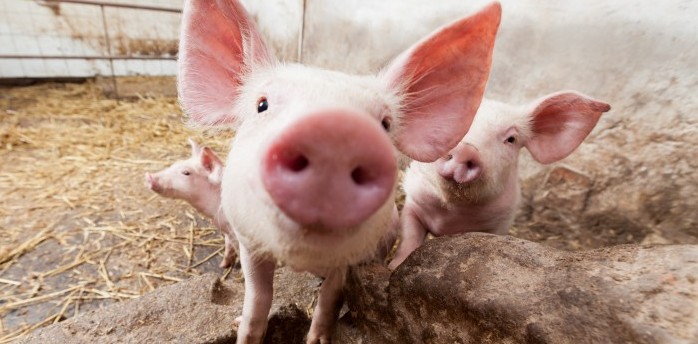Chris Fogden, a first-generation farmer and Nuffield Scholar, owns and manages 950 outdoor sows on 40ha of rented land within the rotation of a large Norfolk arable estate
I was fortunately out of the country for November’s onslaught on meat eating by the BBC. Less fortunately, I’m here for Veggie January or whatever they call it, when further onslaughts can be fully expected.
Leaving aside countering the primary – supposed animal welfare –arguments against eating what we produce, the twin sub-arguments of ‘the planet’ and health have become so universally mentioned that they have become accepted as fact.
On the health argument, animal fats have been vilified for many years. More recently, there has been lots of research finding that sugar is far worse for our health and that animal fats are essential for a healthy metabolism.
There are plenty of viable arguments that meat production can actually be good for the planet and help counter climate change.
There is a small but rapidly growing movement within agriculture worldwide, promoting not just sustainable but ‘regenerative’ agriculture that could help reverse climate change by returning carbon from the air to soils using photosynthesis and livestock. It’s a beautifully ‘low-tech’ solution, which is maybe why it’s been a hard one to sell.
This was all highlighted to me on a trip to Argentina with the Fram Farmers Cooperative pig feed buying group in November. We visited farms in the Buenos Aires and Santa Fe states. Mixed farming predominates, with large suckler cow herds integrated into the crop rotation, using grass leys and fodder crops for all year-round grazing – exactly the sort of system advocated by the regenerative farming movement.
The progeny are finished at about 14 months old on grazing and grain. We made a particular study of the eating quality of such beef, sampling as much as possible, along with the Malbec wine. Thumbs definitely up for both.
Cultivation of soil releases carbon into the atmosphere by oxidation of soil organic matter and, over the last 20 years, up to 90% of farmers have adopted no-till drilling of crops to counter the erosion of their high organic matter Pampas soils.
This also conserves moisture and saves on machinery and fuel costs. The practice also helps make double cropping possible: in Santa Fe we saw direct drills chasing combines out of the field to drill soyabeans into just-harvested wheat stubbles.
Their agriculture is not only not subsidised but actively penalised through variable export taxes on agricultural products, a major export being soyabean meal from the major crop.
The scale of the country, the quality of the agriculture, the perseverance and innovation of the farmers and the stunning scenery of Patagonia left lasting impressions.




